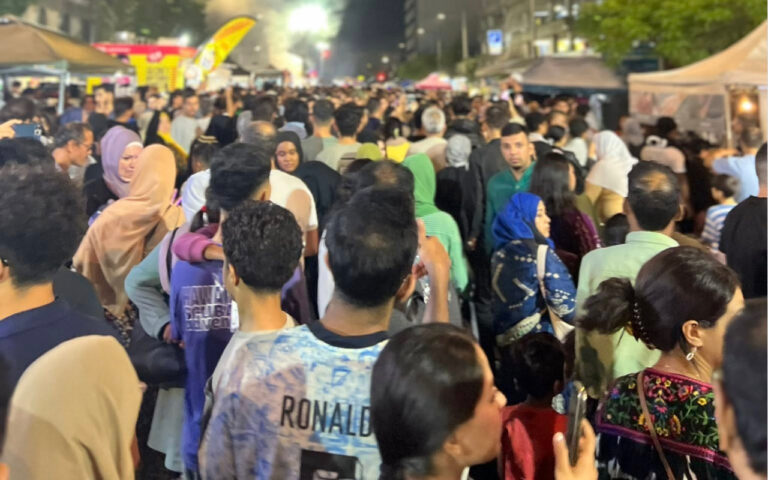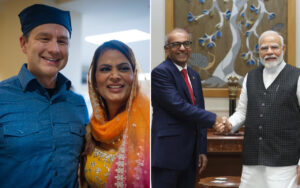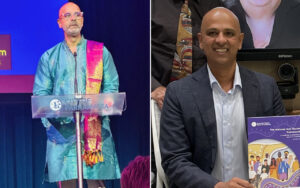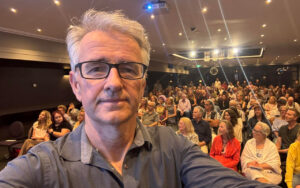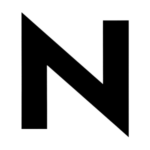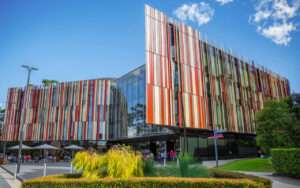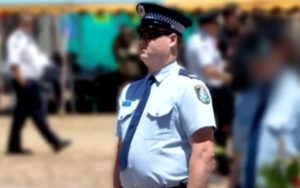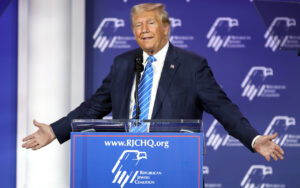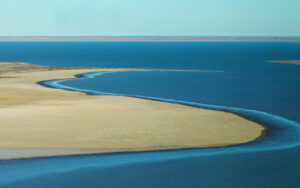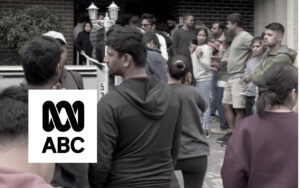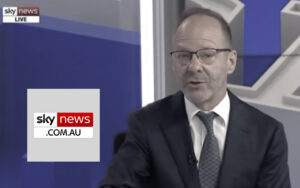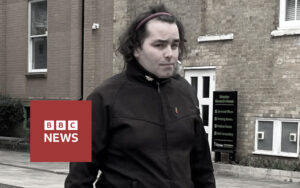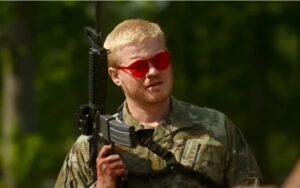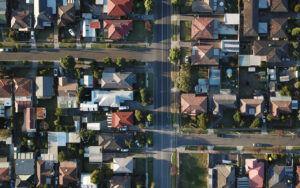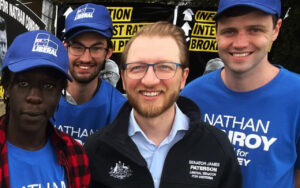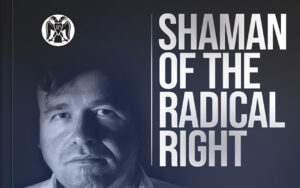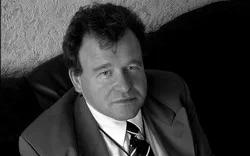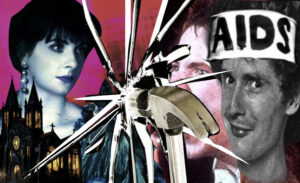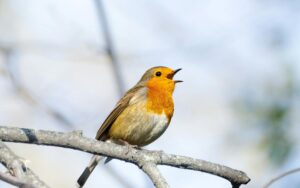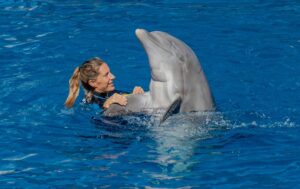An inaugural Ramadan night market has been established in the multicultural Melbourne suburb of Dandenong, with Australia steadily becoming more Islamic.
The market, which contains over 50 stalls selling Afghan, Lebanese and other foreign foods, has attracted around 30,000 visitors a night over Ramadan, with up to 100,000 people expected to have attended last weekend.
The market was created by a not-for-profit group called The Bright Community Organisation and was inspired by the long-running Ramadan Night Market in the Muslim-dominated Sydney suburb of Lakemba, an event that draws a million and half visitors annually.
The president of the organisation, Ahmad Ghowsi, told The Age that a trip to Lakemba during Ramadan last year inspired him to create a similar event in Melbourne. He then did this by working with the Dandenong mayor and local sponsors to establish the market.
The market is only expected to grow, and Mr Ghowsi said because Dandenong “is the most diverse municipality in Australia … we believe we have the potential to do an even greater one [than Lakemba]”.
The market runs from 7pm to around midnight each evening and finishes on April 2nd.
These Ramadan markets are the latest proof of an increasing Islamic presence in Australia. In Victoria, for example, 2019 statistics show that Islamic colleges were the fastest growing schools in the state, almost doubling their population in under a decade, and growing at six times the rate of government schools, and nine times the rates of Catholic schools.
Similar trends are seen in New South Wales. 2022 figures show that the number of students attending Islamic colleges has more than doubled in the past decade, with the number of Islamic schools in the state growing from 18 in 2011 to 28 in 2022.
Data from the Association of Independent Schools of NSW also shows that enrolments in Islamic schools now constitute almost 10% of the state’s total independent-school numbers, with 18% of all additional independent-school enrolments in 2021 stemming solely from Islamic schools.
The state’s largest Islamic school, Al-Faisal College in Sydney, has almost 4,000 students over three campuses, with an aspiration to open a fourth school in Lakemba, and a plan to increase capacity at its Liverpool site by around 4,500 over the next two decades.
Islamic enrolments are also increasing in rural New South Wales, with an Islamic school that opened in 2017 in the town of Young expanding so much it is already searching for a larger site.
Islamic Schools Association of Australia NSW national secretary Osman Karolia told The Sydney Morning Herald in 2022 that the state’s Islamic schools could keep up with the needs of the Muslim community.
Mr Karolia said that over the last decade there had been “a huge demand” and “that demand means most schools have very long waiting lists and that only seems to be increasing over time”.
Al-Faisal Principal Safia Khan Hassanein said that her college was “seeing an influx of many families moving to the west and hence a greater demand on our school”.
Another sign of the increase in Islam is the growth in Halal food. The Australian Halal market has exploded in value to over $14 billion, with this figure tipped to grow at 6% per annum and to reach $26 billion in 2034. The Halal market in Queensland alone is expected to grow at a rate of 20.2% from 2024 to 2032. The Halal packaging market is also predicted to rise from $9 billion to $12 billion by 2030.
The presence of Islam is also seen politically with Muslim MPs, including Federal Ministers Anne Aly and Ed Husic, and Afghan-born ex-ALP Senator Fatima Payman. Australia also now has Islamic political-activist groups like The Muslim Vote and Muslim Votes Matter.
This is all a result of the rapid increase in our Islamic population. The number of Muslims in Australia has grown from under 100,000 in the 1980s to over 800,000 now. This represents around 3.3% of our overall population and makes Islam the second-biggest religion in the country.
In fact, Australia’s Islamic population has increased by a staggering 50% since 2011, and is at least eight times as big as our Jewish population, resulting in regular pro-Palestine protests in major cities and pro-Muslim programming on taxpayer-funded broadcaster SBS.
These numbers are only predicted to rise. Australia’s most eminent history, Geoffrey Blainey, wrote in The Australian in September that due to high Muslim birth-rates and high levels of immigration, Australia’s Islamic population could reach 10% of our total by the end of the century.
This explosion in Islam is seen across the Western world. Sweden, for instance, is on track to be between 20% and 30% Islamic by 2050. A fifth of France will be Islamic by that time also. In Austria, meanwhile, over a third of the children in Vienna are already Muslim. In the UK, their second-largest city of Birmingham is a third Islamic and Muhammad is the most popular boy’s name.
Header image: The Dandenong Ramadan night market on March 28 (Visit Australia Now – Facebook).
